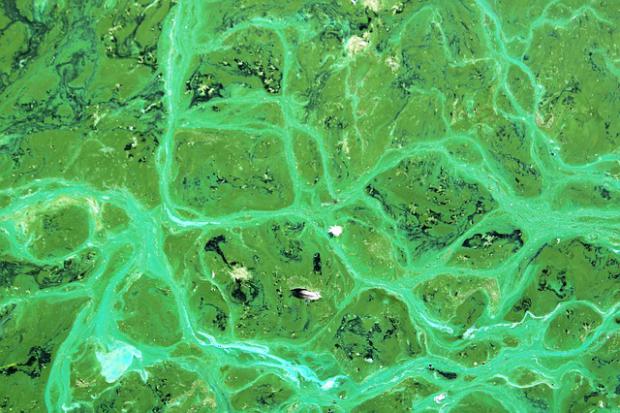
Breaking News
 James O'Keefe: My entire speech at AmericaFest 2025. We're not stopping. Join us to expose..
James O'Keefe: My entire speech at AmericaFest 2025. We're not stopping. Join us to expose..
 U.S. vs. Chinese Military Comparison – Focus on Asia-Taiwan Scenario
U.S. vs. Chinese Military Comparison – Focus on Asia-Taiwan Scenario
 DoJ Sues Four More States for Failing To Produce Voter-roll Data
DoJ Sues Four More States for Failing To Produce Voter-roll Data
 World's Largest Aviation Giant Abandons Google Over Security Concerns
World's Largest Aviation Giant Abandons Google Over Security Concerns
Top Tech News
 Perfect Aircrete, Kitchen Ingredients.
Perfect Aircrete, Kitchen Ingredients.
 Futuristic pixel-raising display lets you feel what's onscreen
Futuristic pixel-raising display lets you feel what's onscreen
 Cutting-Edge Facility Generates Pure Water and Hydrogen Fuel from Seawater for Mere Pennies
Cutting-Edge Facility Generates Pure Water and Hydrogen Fuel from Seawater for Mere Pennies
 This tiny dev board is packed with features for ambitious makers
This tiny dev board is packed with features for ambitious makers
 Scientists Discover Gel to Regrow Tooth Enamel
Scientists Discover Gel to Regrow Tooth Enamel
 Vitamin C and Dandelion Root Killing Cancer Cells -- as Former CDC Director Calls for COVID-19...
Vitamin C and Dandelion Root Killing Cancer Cells -- as Former CDC Director Calls for COVID-19...
 Galactic Brain: US firm plans space-based data centers, power grid to challenge China
Galactic Brain: US firm plans space-based data centers, power grid to challenge China
 A microbial cleanup for glyphosate just earned a patent. Here's why that matters
A microbial cleanup for glyphosate just earned a patent. Here's why that matters
 Japan Breaks Internet Speed Record with 5 Million Times Faster Data Transfer
Japan Breaks Internet Speed Record with 5 Million Times Faster Data Transfer
"Tiny skyscraper" electrodes boost bioenergy output of blue-green algae

These tiny grids of "nano-housing" create the optimal environment to not just foster the rapid growth of these bacteria, but take their energy-harvesting potential to new heights.
Also known as cyanobacteria or perhaps more familiarly, blue-green algae, photosynthetic bacteria can be found in all types of water, where they use sunlight to make their own food. Their natural proficiency at this task has inspired many promising avenues of research into renewable energy, from bionic mushrooms that generate electricity, to algae-fueled bioreactors that soak up carbon dioxide, to self-contained solutions that offer a blueprint for commercial artificial photosynthesis systems.
Cyanobacteria thrive in environments like lake surfaces as they require lots of sunlight to grow, and a team at the University of Cambridge has made a breakthrough that came about by experimenting with ways to better satisfy these needs. Another thing for the team to consider was that to gather any of the energy they produce through photosynthesis, the bacteria need to be attached to electrodes. By crafting electrodes that also promote the growth of the bacteria, the scientists are effectively trying to kill two birds with one stone.
"There's been a bottleneck in terms of how much energy you can actually extract from photosynthetic systems, but no one understood where the bottleneck was," said Dr Jenny Zhang, who led the research. "Most scientists assumed that the bottleneck was on the biological side, in the bacteria, but we've found that a substantial bottleneck is actually on the material side."

 Advanced Propulsion Resources Part 1 of 2
Advanced Propulsion Resources Part 1 of 2

